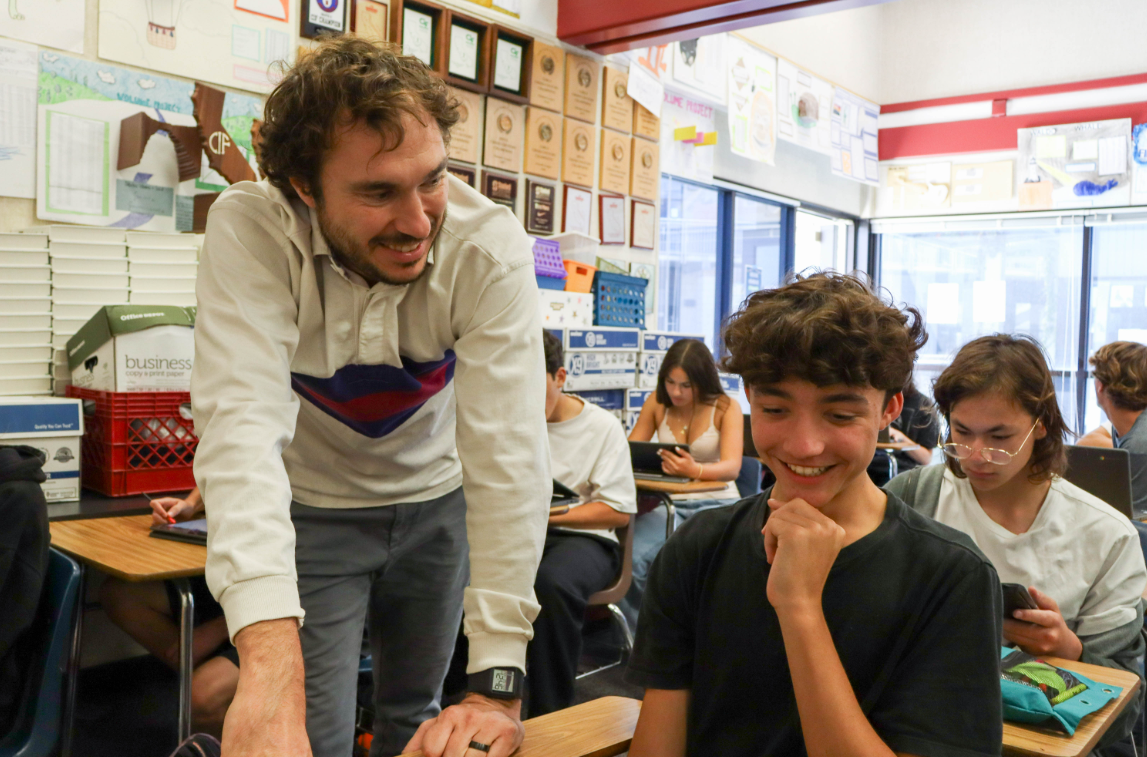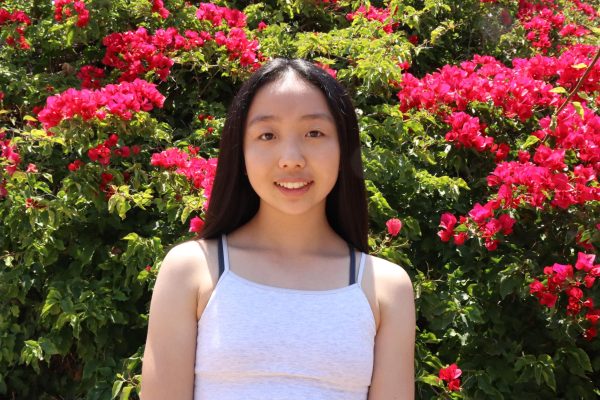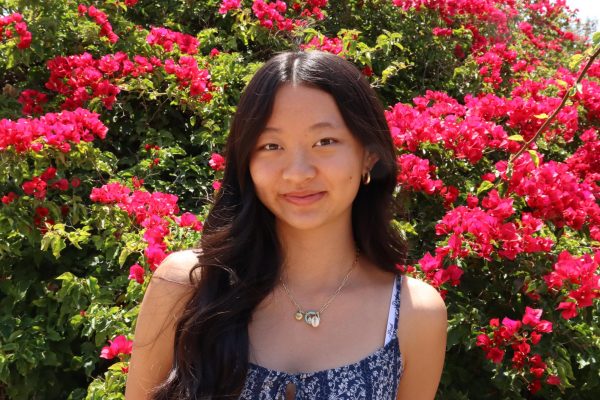Banners from reputable colleges plastered across teachers’ walls, uniforms pinned in a glass case and underclassmen eagerly wearing their dream-college sweatshirts. The pressure of getting accepted into a prestigious university grows heavy on students.
Prestigious institutions have long overshadowed the option of attending community colleges, which are often associated with poor grades and lack of potential. In recent years, students began to realize that community colleges offer opportunities to take general education classes while avoiding student debt. According to the Education Data Initiative, California’s community colleges are the lowest in cost, with an average in-state tuition fee of $1,350, or $5400 for four years. In contrast, the average cost of four years of college in the U.S. can range from about $120,000 for in-state public universities to potentially $230,000 or more for private, nonprofit institutions.
Many students like Sri Ujjini (‘23) attend community colleges for a few years, then transfer to universities like in the University of California system through programs like the Promise Program of California State University, which guarantees admission after a certain amount of course credentials at community college, and the Transfer Admission Guarantee program for California community college students aiming to transfer into select University of California schools.
“I originally got admitted to San Diego State University but waitlisted at University of California, San Diego,” Ujjini said. “I chose not to go to SDSU because it was too much of a commute … then I got rejected from UCSD, so I ended up going to MiraCosta, because the CTE pathways are connected with MiraCosta, so I already had an account, and I ended up … transferring [to UCSD] in one year.”
Estelle Chen, College and Career Tech Counselor at the school, sees many of these colleges as high quality community colleges, especially MiraCosta.
“My understanding is, in California, we have the best community colleges,” Chen said. “And being in Torrey Pines in Carmel Valley, we have very convenient access to go to Mira Costa, Miramar, Palomar. Some students prefer to go to Mesa, Grossmont. All of them are really good, reputable community colleges.”
For many students, the expensive tuition of larger universities highlights the appeal of community colleges.
“Comparing, generally, the cost of tuition for one year between UC colleges and community colleges, one can expect savings in the realms of $30,000,” Sinaya Sharabi (11) said.
Ujjini confirmed this with personal experience.
“California residents pay $0 dollars in tuition for community college over the year, except for summer,” Ujjini said. “I think, in total, I paid one grand for community college [that year]. And, that was solely because I took summer classes. If I didn’t take summer classes, my cost would have been zero.”
To put that into perspective, Ujjini currently pays “$3,000 to $4,000 a quarter at UCSD,” not accounting for other fees that the university charges, such as food, books, parking or even housing, since Ujjini does not live on campus. Those who transfer out of community college after a year not only save money, but also increase their chances of getting into universities such as the UCs. Chen recommends this strategy, noting that MiraCosta has “the best transfer results in Southern California to UCs.”
“In my year, it was a 70% acceptance rate from Mira Costa to UCSD, which is like a lot,” Ujjini said. “And, most of these are STEM majors. I’m an electrical engineering major, so that was a huge game changer for me.”
For Ujjini, the process of transferring was complicated, but also offered advantages such as receiving more course credits.
“Not a lot of people know this, but take AP World [History] for example, you can’t get course credit for it at UCSD,” Ujjini said. “So when you transfer all our APs and you get in as a first year, AP World doesn’t really count for much except an elective, which I found out means absolutely nothing.”
At MiraCosta, Ujjini found a workaround through the Intersegmental General Education Transfer Curriculum, where “AP World counts for two credits so you don’t have to retake stuff.”
“UCs don’t make it easy for you to access this information,” Ujjini said. “But when you’re at community college, the community college counselors — which is another huge benefit — they will do anything, they will give you all the information you could possibly need.”
Sometimes, behind the vision of attending prestigious universities lies many overcrowded classes and an often cutthroat environment. After transferring to UCSD, Ujjini observed a contrast between her education at UCSD and MiraCosta.
“In UCs, a typical electrical engineering class, like my fall quarter, varies between 50 to 190 students,” Ujjini said. “So there’s rarely any time that you can go to the professor or TA even and ask targeted questions.”
At MiraCosta, Ujjini attended classes with less than 20 people, which allowed her to work one on one with professors and create study groups because, “everyone’s transferring, everyone’s in the same boat.”
“In [UCSD], your grade is relative to everyone else,” Ujjini said. “… Everyone’s trying to beat the average, right? … So it’s insanely hard to find study groups or people who want to work with you because they’re like, if I help you, then you’re gonna do better.”
With these aspects in mind, Ujjini predicts that community college will become a more popular pathway, although she worries that “it’ll also become a lot more competitive.”Sharabi agreed.
“I believe that more people will turn to community colleges as a way to save money and prevent extreme student debt and be able to live reasonably,” Sharabi said.
Sharabi believes that many people are missing opportunities because they “might be hesitant to apply to community colleges even if it can save them a lot of money” because they overvalue “the prestige of higher education.” Ujjini agreed, claiming that she already sees changes in society’s view of community college.
“Community college used to be so taboo and like a shameful thing, and then it became less and less shameful,” Ujjini said. “And, now I’m seeing it starting to really take its hold. You know, like parents wanting their kids to go to community college and transfer because they see the merit in it.”
Although the banners of prestigious colleges still hang on the walls, community colleges are starting to find their place in the spotlight alongside them.
“It’s good for [families] to know that going to community college is not putting you in a lower basket or group, because MiraCosta is getting good kids from all the schools,” Chen said.











